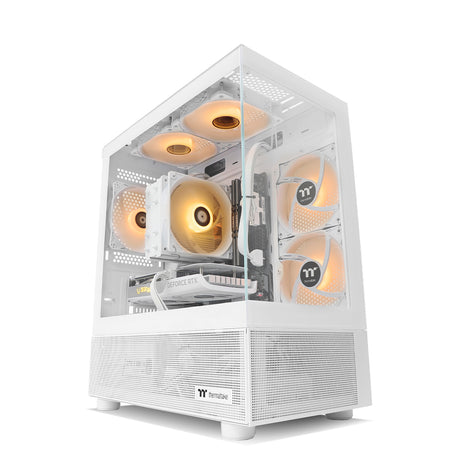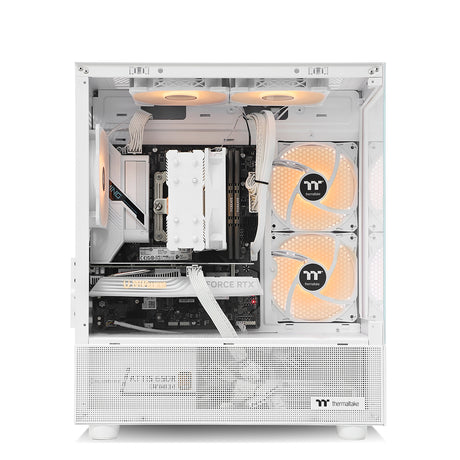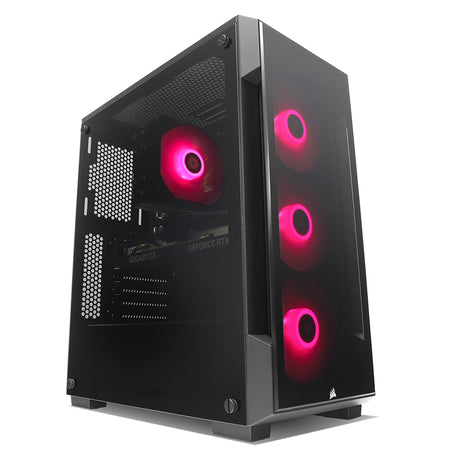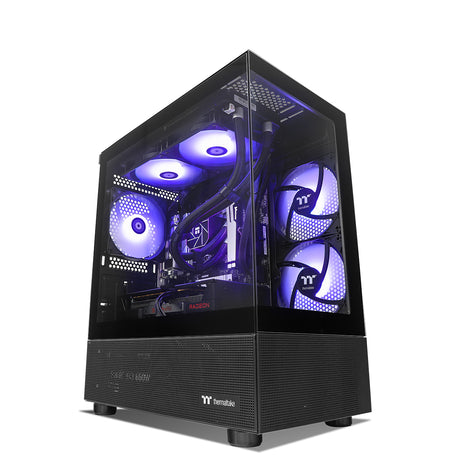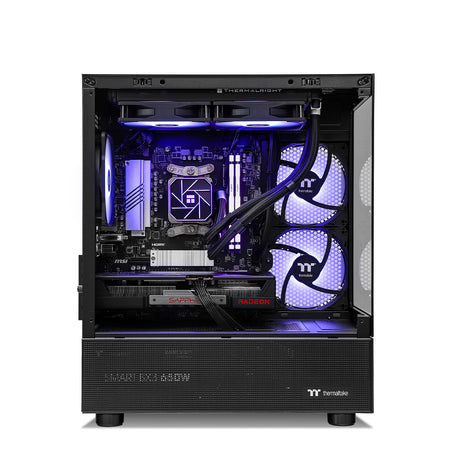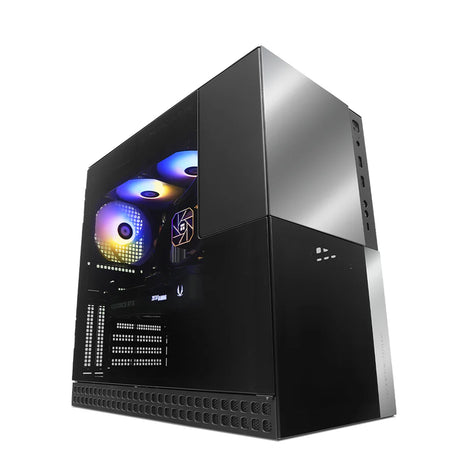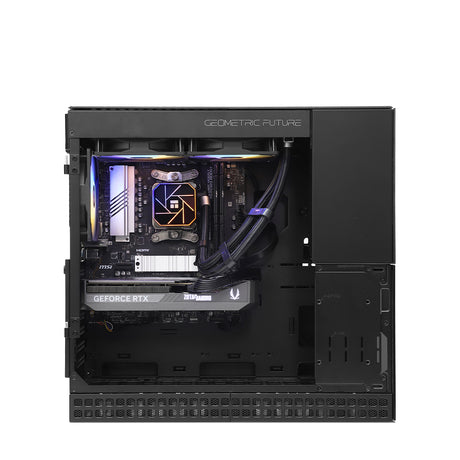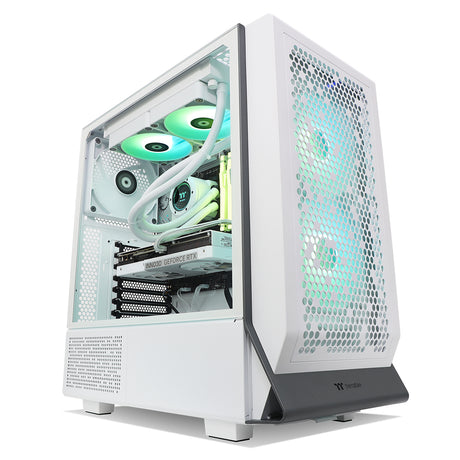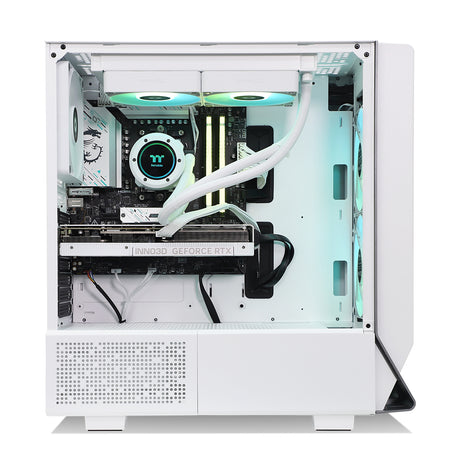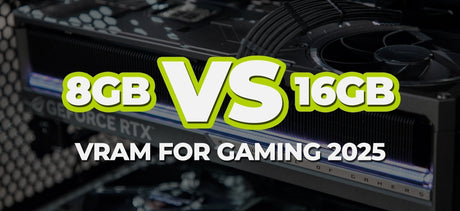Microsoft has announced that support for Windows 10 will officially end on October 14, 2025. While your current device won’t suddenly stop working, this milestone has important implications for performance, security, and software compatibility.

This guide explains what’s changing, how to check if your PC is eligible for Windows 11, and what steps to take, whether you're upgrading your current system or considering a replacement.
What Does End of Support Actually Mean?
When Microsoft ends support for an operating system, it discontinues free updates, including:
- Security patches
- Bug fixes
- Technical assistance
Without these updates, your system becomes increasingly vulnerable to security threats, especially ransomware, malware, and phishing attacks. Software vendors may also stop supporting their apps on Windows 10, making compatibility a growing issue over time.
What Are Your Options?
You have several paths forward:
1. Upgrade to Windows 11 (if your PC is eligible)

Many Windows 10 devices can upgrade to Windows 11 for free through Windows Update. Microsoft has set minimum system requirements, including TPM 2.0, Secure Boot, and specific CPUs. You can check the full list here: Official Windows 11 Specifications.
2. Stay on Windows 10 with Extended Security Updates (ESU)
For those who can’t or don’t want to upgrade, Microsoft will offer paid ESU beginning in 2025. This service includes critical security patches but does not cover new features or general support. It’s a temporary measure, not a long-term solution. Learn more about ESU updates.
3. Upgrade or Purchase a new Windows 11 PC

If your current PC doesn’t meet the requirements for Windows 11 or is starting to show its age, now’s a great time to consider a hardware upgrade or PC replacement. A new Windows 11 system offers improved performance, enhanced security, and support well into the future. You’ll also benefit from the latest hardware features and technologies designed for modern workloads and day-to-day reliability
Why Upgrade to Windows 11?
Windows 11 is more than just a visual refresh. It delivers practical improvements designed for modern workloads, hybrid work, and stronger security.

- Streamlined User Interface: A more focused and intuitive design, including a centred Start menu and improved window management.
- Enhanced Multitasking: Features like Snap Layouts and virtual desktops improve workflow and productivity.
- Integrated Microsoft 365 & Copilot AI: Deeper integration with Microsoft tools and next-gen AI for faster, smarter productivity.
- Performance Optimisations: Faster boot times, better memory management, and support for newer hardware make everything run smoother.
- Built-In Security Features: Windows 11 includes hardware-based isolation, secure boot, and virtualization-based protection by default.
Upgrading isn’t just about staying supported. It’s about getting the most out of your technology. Click here to view the full comparison.
How to Prepare for the Upgrade
If you’re considering upgrading your existing device to Windows 11, follow these essential steps:
- Check compatibility: Go to Settings → Update & Security → Windows Update and click "Check for updates." If your device qualifies, you’ll see the option to install Windows 11.
- Back up your data: Ensure all files, documents, and settings are securely backed up, preferably to the cloud or an external storage device.
- Review software and driver readiness: Ensure your key applications, peripherals, and device drivers are supported under Windows 11.
- Install via Windows Update: Once ready, initiate the upgrade through the built-in update tool. The process typically retains your files and apps, but we recommend backups as a precaution.
What If Your PC Can’t Upgrade?
If your device doesn’t meet the minimum system requirements, continuing with Windows 10 long-term is not advised. While ESUs are available, they come with added cost and limited coverage.

In this case, we recommend considering a hardware upgrade or PC replacement. A new Windows 11 PC will deliver improved performance, long-term support, and a modern experience designed to support current and future workloads.
We’re Here to Help
Whether you're upgrading your existing system or buying a new one, Computer Lounge can assist at every stage.
Next Steps
| Action | Description |
|---|---|
| Check PC Compatibility | Use Microsoft’s tool or contact us |
| Back Up Your Files | Use OneDrive, external storage, or cloud solutions |
| Plan Your Upgrade | Upgrade in place, improve your current hardware, or move to a new system |
| Get Expert Support | Contact our team for tailored advice and assistance. Contact Page |
Talk to Our Team
Not sure if your PC is compatible with Windows 11? Need help planning an upgrade or looking for a new system altogether?

Our team at Computer Lounge is here to make your transition smooth and stress-free. Whether you need a simple OS upgrade, hardware upgrades, or a full system replacement, we provide expert advice, hands-on service, and tailored solutions for both home and professional setups.
We’re here to help with:
- Windows 11 upgrade services
- PC assessments and compatibility checks
- Custom-built Windows 11 ready systems
- Data backup and migration
- Ongoing technical support
Let’s talk. Visit our Contact Page to get started, ask questions, or book a consultation with one of our upgrade specialists. We’re ready to help you make the move with confidence.


